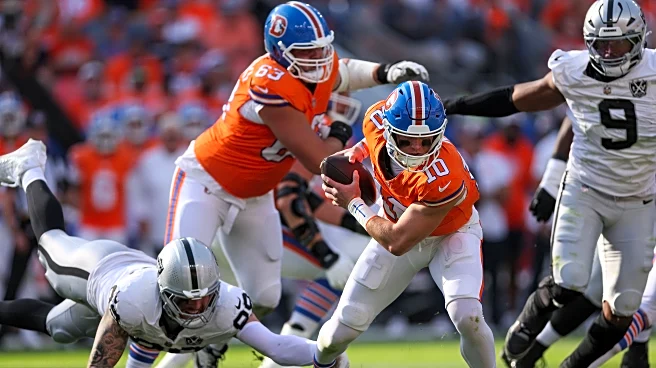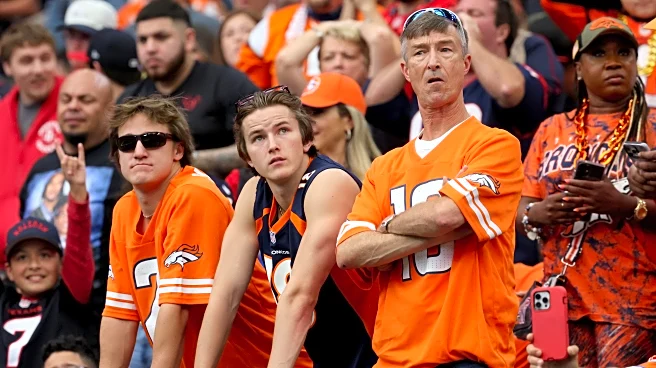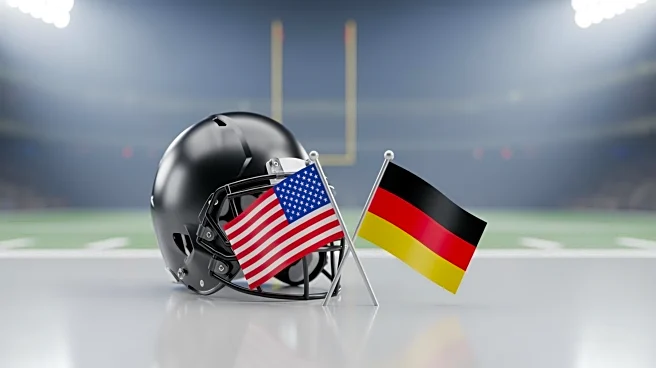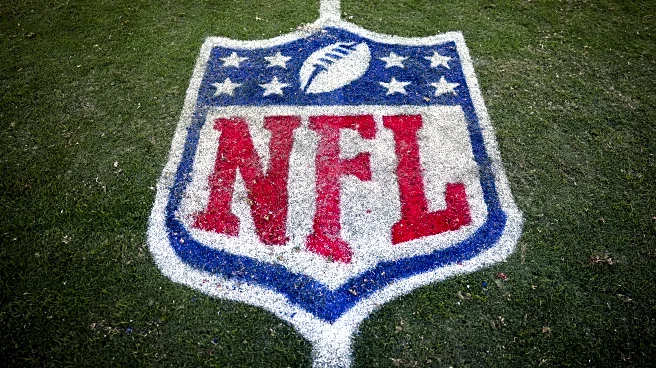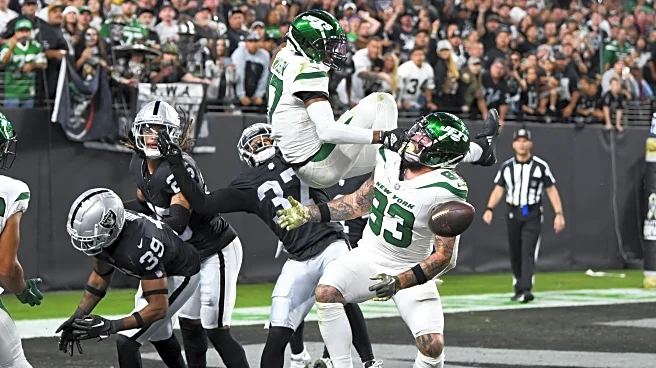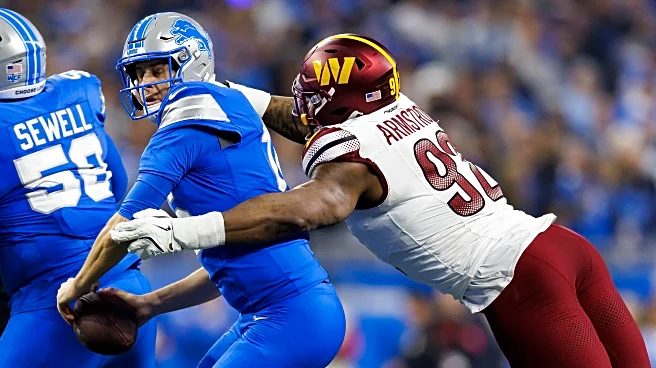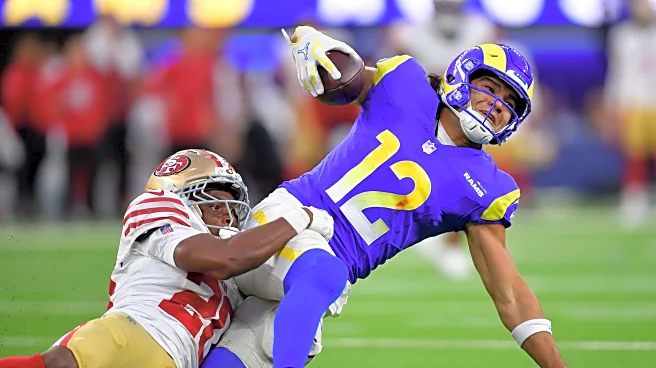What's Happening?
Thanksgiving football games have become a staple in American households, with the tradition dating back to college football in 1876. The National Football League (NFL) adopted Thanksgiving as a day for games in 1920, but it wasn't until 1934 that it became
an annual tradition, thanks to Detroit Lions owner George A Richards. The Lions have played every Thanksgiving since then, and the Dallas Cowboys joined the tradition in 1966. Today, three games are played on Thanksgiving, with the Lions and Cowboys hosting games in the early and late afternoon slots, respectively, and a third game added in 2006. This year, the Lions will face the Green Bay Packers, the Cowboys will play the Kansas City Chiefs, and the Baltimore Ravens will host the Cincinnati Bengals.
Why It's Important?
Thanksgiving football games are significant due to their cultural impact and massive viewership. In 2022, 138 million people watched the three Thanksgiving Day games, marking a substantial increase from 108 million in 2021. The Cowboys vs. New York Giants game in 2022 was the most-watched Thanksgiving game ever, drawing 42 million viewers. This tradition not only boosts NFL ratings but also serves as a social event that brings families together across the nation. The games have become a key part of Thanksgiving celebrations, influencing how millions of Americans spend their holiday.
What's Next?
The tradition of Thanksgiving football games is expected to continue growing in popularity. As viewership numbers rise, the NFL may explore additional ways to enhance the experience for fans, possibly through technological advancements or interactive features. Teams involved in the Thanksgiving games will likely continue to leverage this platform for increased exposure and fan engagement. The ongoing success of these games could lead to further innovations in broadcasting and fan interaction, solidifying their place in American culture.
Beyond the Headlines
The Thanksgiving football tradition highlights the intersection of sports and cultural identity in the U.S. It reflects how sports can transcend mere entertainment, becoming a unifying force that shapes holiday customs. The games also underscore the economic impact of sports on media and advertising, as high viewership numbers attract significant advertising revenue. This tradition exemplifies how sports can influence societal norms and contribute to the cultural fabric of the nation.



